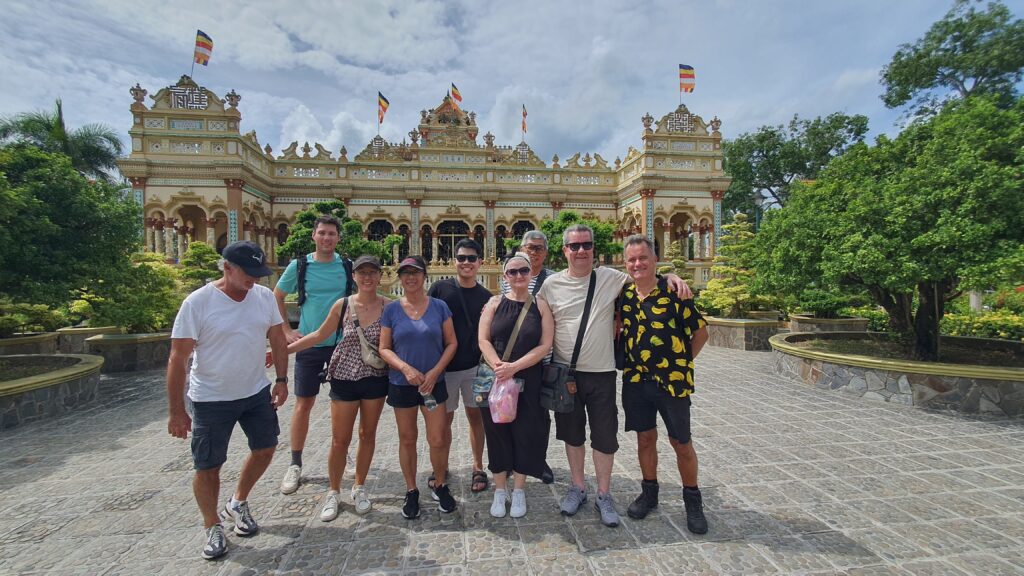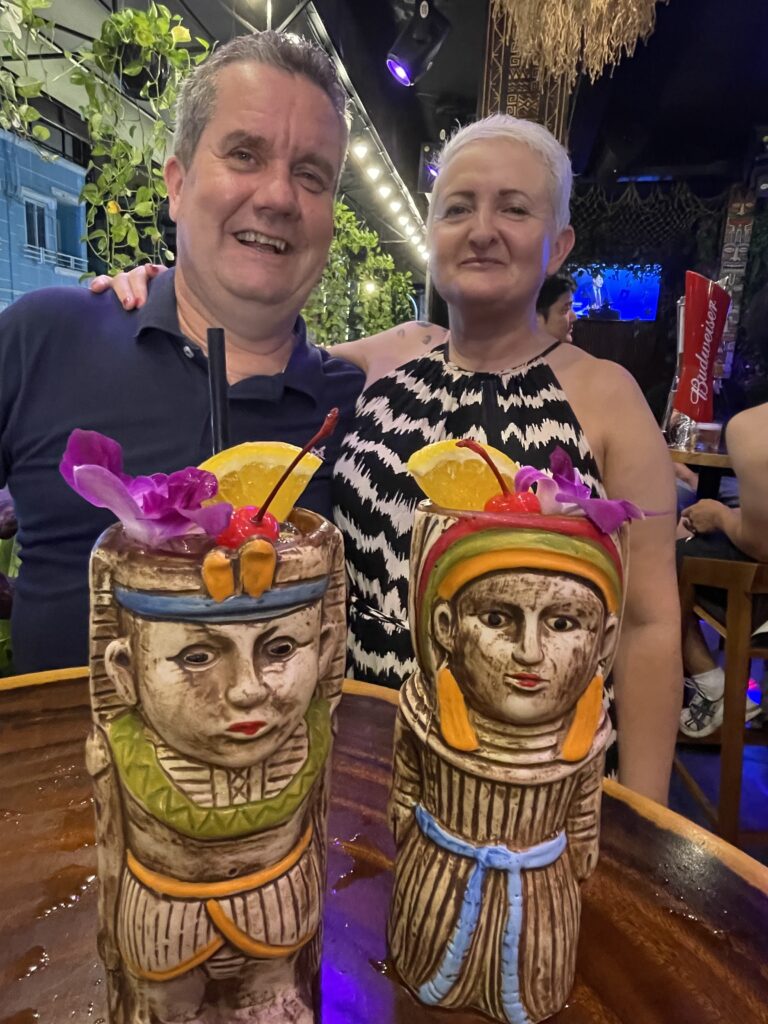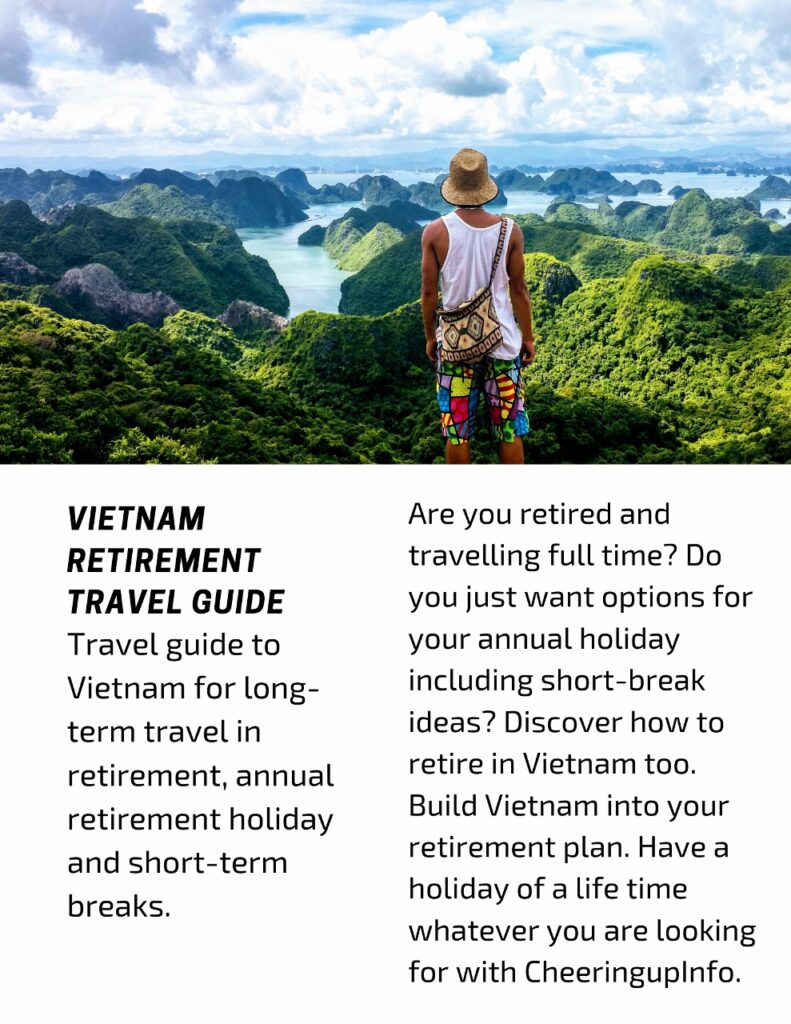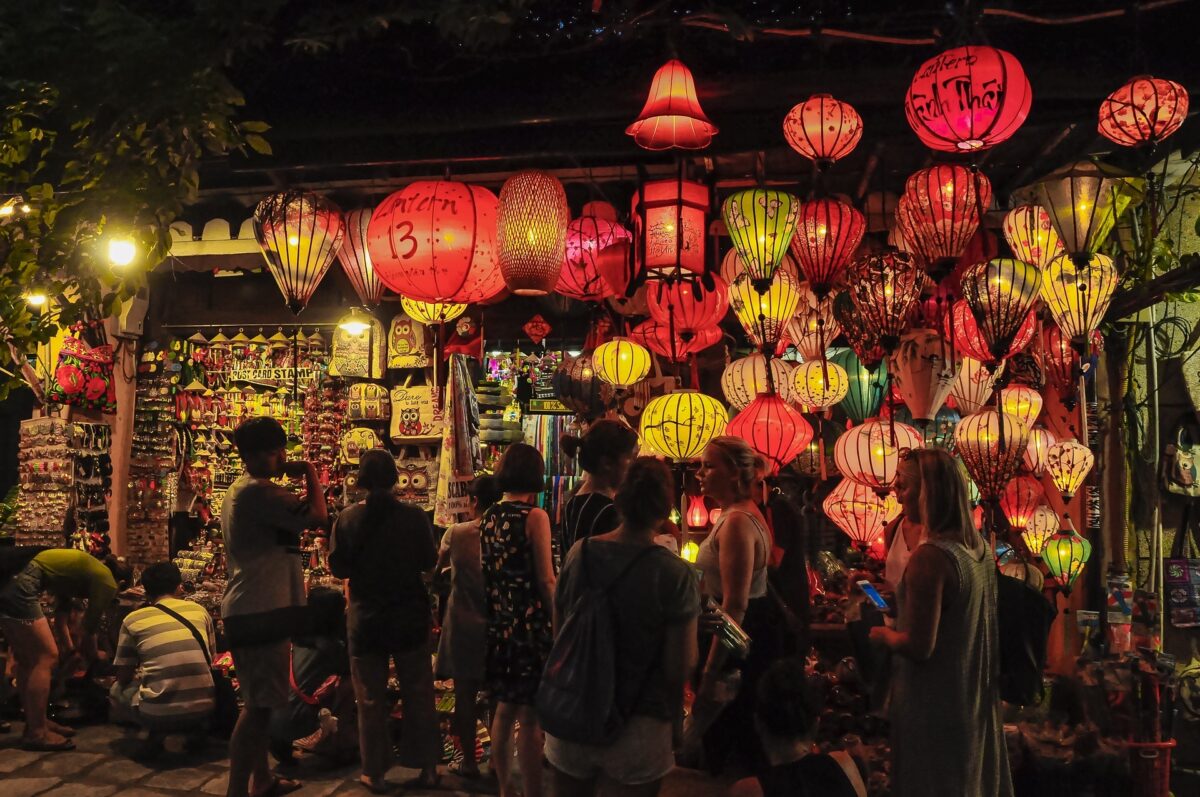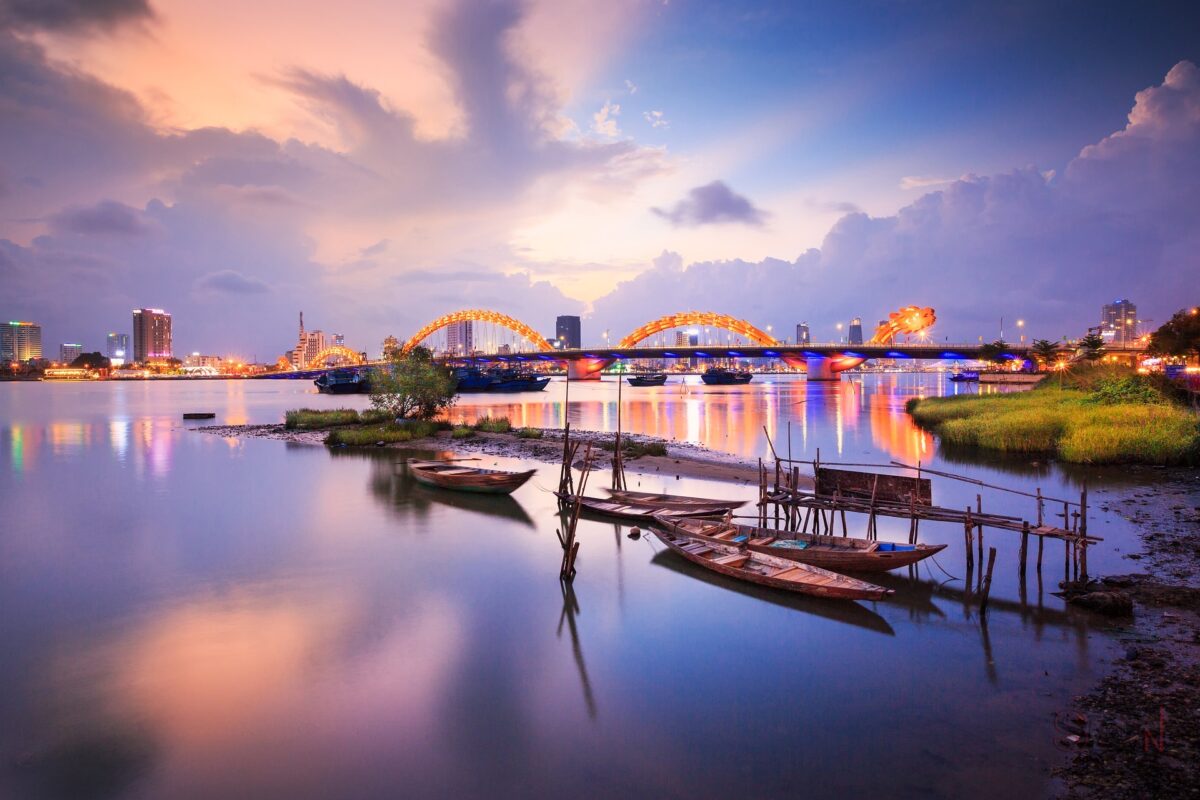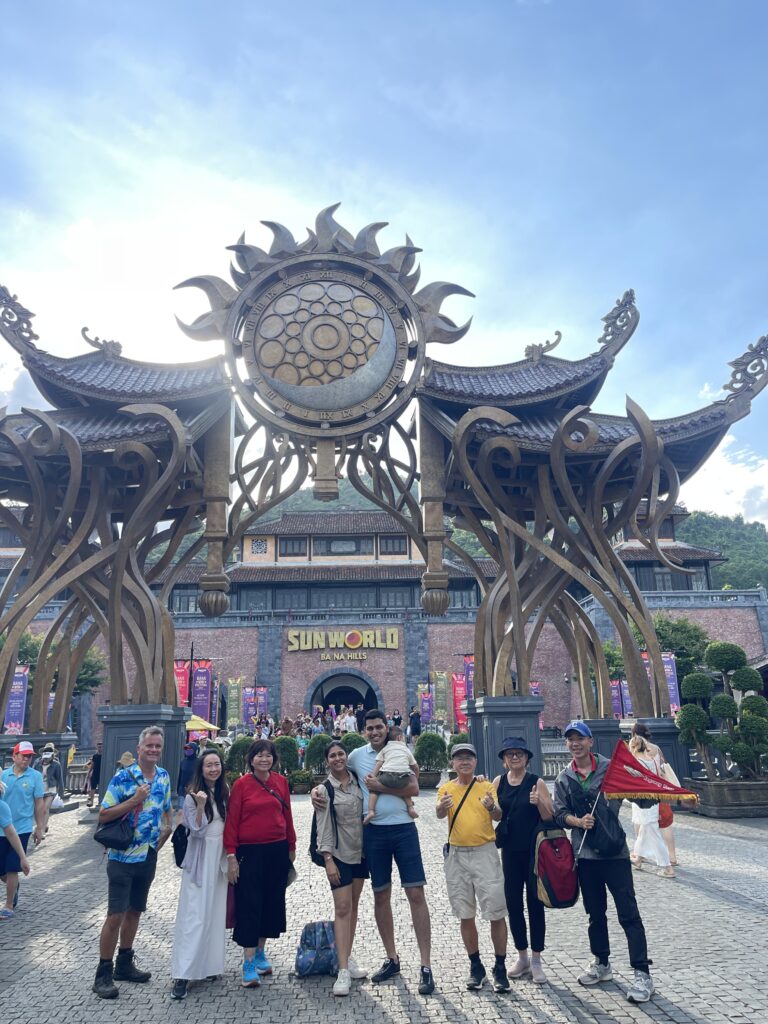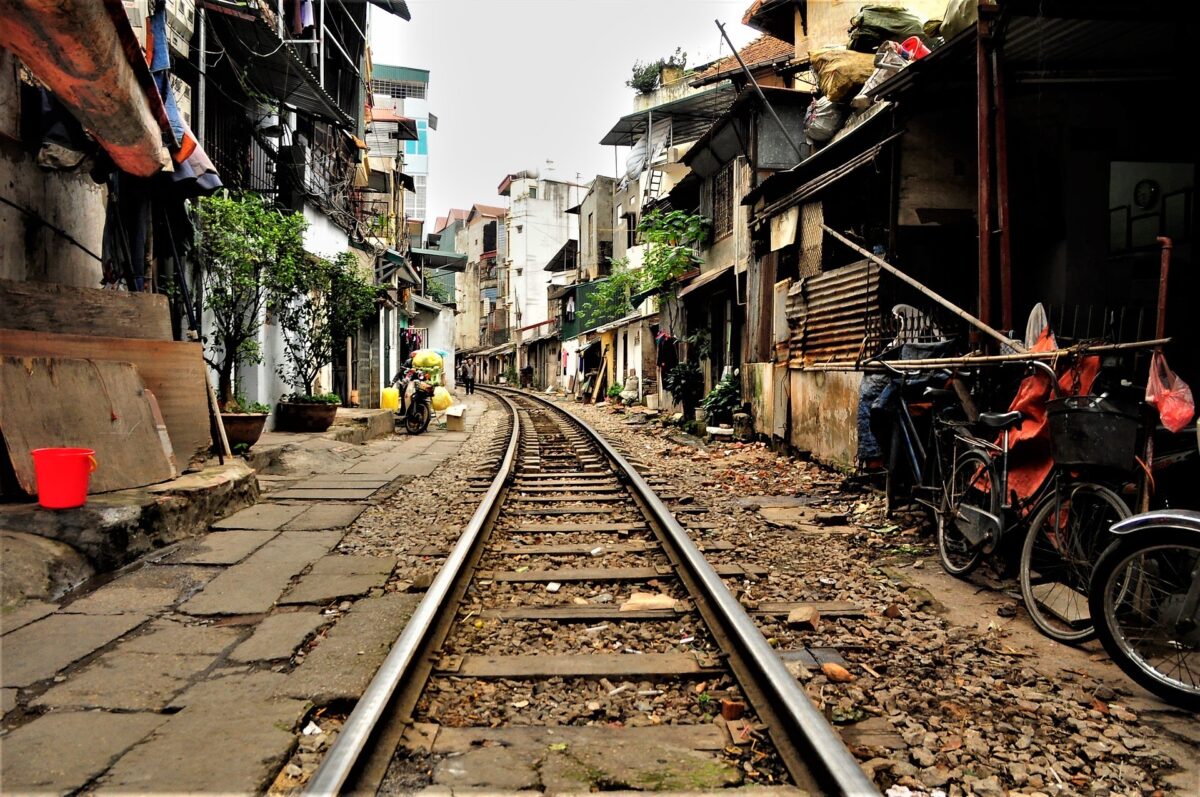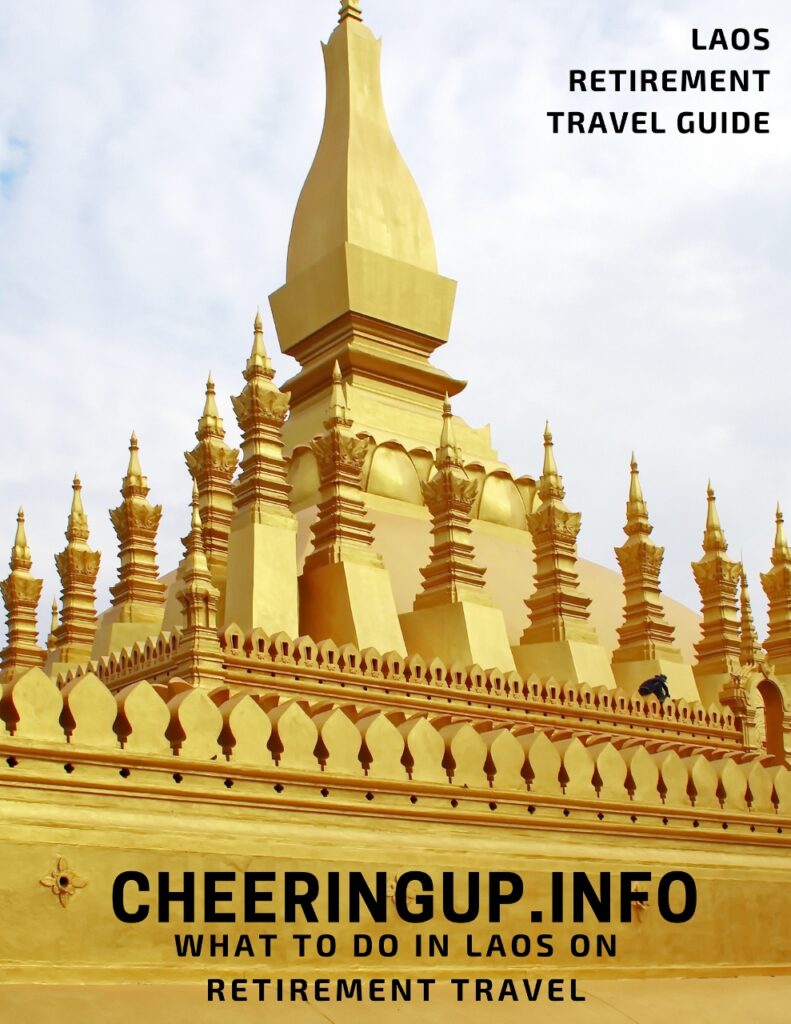Cultivating Comfort: Over 55s UK Home and Garden Tips, Reviews, and Deals
Imagine this: the sun streams through your kitchen window, illuminating a freshly brewed cup of tea, and the scent of lavender drifts in from your meticulously tended garden. You’ve earned this moment, this sanctuary. But, here’s the kicker: maintaining that sanctuary shouldn’t break the bank or become a second job! We’re talking about smart living, not just comfortable living. It’s about maximising your enjoyment without minimising your savings. After all, the golden years should be golden, not just grey. So, let’s get into it. Discovering deals, enhancing your space, and nurturing your green thumb – it’s all within reach. Forget the endless scrolling and confusing jargon. We’ve done the legwork, compiling the best tips, reviews, and deals tailored specifically for the discerning over 55s in the UK. Prepare to transform your home and garden into the haven you’ve always dreamed of. Let’s dive in!
Smart Home Upgrades for Effortless Living
The concept of a “smart home” often conjures images of complex systems and tech-savvy millennials. But it doesn’t have to. For over 55s, smart home technology is about enhancing comfort, safety, and accessibility. It’s about simplifying daily tasks and ensuring peace of mind. Let’s explore some practical and user-friendly upgrades.
- Lighting Solutions:
- Motion-activated lighting is a game-changer. Think about it: no more fumbling for light switches in the dark, especially at night when navigating hallways or stairs. This is crucial for safety and preventing falls.
- Look for systems that offer adjustable brightness and colour temperature. Philips Hue and similar brands offer simple setups that can be controlled via voice commands or smartphone apps. Adjusting lighting can significantly impact mood and visual comfort.
- Solar-powered garden lights are another excellent investment. They’re eco-friendly, require minimal maintenance, and provide gentle illumination for evening strolls.
- Deal Alert: Check local DIY stores for seasonal discounts on outdoor solar lighting sets. Often, bundles offer better value.
- Review: The “Ring Bridge” allows for outdoor lighting to be controlled by movement, and can be integrated into existing security systems.
- Heating and Cooling:
- Smart thermostats, like Nest or Hive, learn your heating and cooling preferences, optimising energy usage and reducing bills. They also offer remote control, so you can adjust the temperature before you even get home.
- Consider installing zoned heating systems. This allows you to control the temperature in different areas of your home, ensuring comfort without wasting energy on unused rooms.
- Tip: Regularly service your heating and cooling systems to maintain efficiency and prevent breakdowns. Look for senior discounts on maintenance contracts.
- Accessibility and Safety:
- Voice-activated assistants, like Amazon Alexa or Google Home, can control various devices, set reminders, and make calls, providing hands-free convenience.
- Smart doorbells with video capabilities, such as Ring or Nest Hello, allow you to see and speak to visitors without opening the door, enhancing security.
- Fall detection devices and medical alert systems offer peace of mind, especially for those living alone. Look for systems that are easy to use and have reliable customer support.
- Actionable Advice: Invest in a smart plug for appliances you often forget to turn off. These plugs can be controlled remotely, minimising fire risks.
- Kitchen Convenience:
- Smart appliances, such as ovens and refrigerators with built-in displays, can help with meal planning, grocery lists, and cooking timers.
- Electric jar openers and automatic can openers make kitchen tasks easier, especially for those with limited hand strength.
- Review: The “Meater Plus” wireless meat thermometer is excellent for precise cooking, allowing you to monitor temperatures from your smartphone.
Garden Oasis: Practical Tips and Tools
Gardening is a beloved pastime for many over 55s, offering physical activity, mental relaxation, and a connection to nature. But it can also be physically demanding. Let’s explore ways to make gardening more accessible and enjoyable.
- Raised Garden Beds:
- Raised beds reduce the need for bending and kneeling, making gardening more comfortable. They also improve drainage and soil quality.
- Consider using self-watering raised beds to minimise watering needs and prevent over- or under-watering.
- DIY Tip: Use reclaimed wood or brick to build your own raised beds, saving money and adding a personal touch.
- Ergonomic Tools:
- Long-handled tools, such as spades, forks, and weeders, reduce strain on your back and knees.
- Look for tools with cushioned grips and lightweight materials.
- Garden carts and wheelbarrows with pneumatic tires make transporting soil, plants, and tools easier.
- Deal Alert: Garden centres often offer senior discounts on tools and equipment. Inquire about loyalty programmes for additional savings.
- Watering Solutions:
- Drip irrigation systems and soaker hoses deliver water directly to plant roots, minimising water waste and reducing the need for manual watering.
- Rain barrels collect rainwater for use in the garden, conserving water and reducing your water bill.
- Consider installing a smart irrigation controller that adjusts watering schedules based on weather conditions.
- Review: The “Hozelock EasyClear” pond filter and pump is a great addition to gardens with water features.
- Planting and Maintenance:
- Choose low-maintenance plants that require minimal pruning and watering. Consider native plants that are adapted to your local climate.
- Use mulch to suppress weeds, retain moisture, and regulate soil temperature.
- Consider hiring a gardening service for tasks that are physically demanding, such as pruning large trees or mowing lawns.
- Actionable Advice: Invest in a soil testing kit to determine the pH and nutrient levels of your soil, ensuring optimal plant growth.
Home Maintenance and Repairs: DIY vs. Professional
Maintaining a home can be challenging, especially as you age. Knowing when to tackle DIY projects and when to call in a professional is crucial for safety and well-being.
- DIY Projects:
- Simple tasks like changing light bulbs, unclogging drains, and painting small areas can often be done yourself.
- Invest in a basic toolkit with essential tools, such as screwdrivers, wrenches, and pliers.
- Watch online tutorials and read DIY guides to learn new skills and techniques.
- Safety Tip: Always turn off power and water before working on electrical or plumbing projects.
- Professional Services:
- Complex projects, such as electrical wiring, plumbing repairs, and roof maintenance, should be handled by licensed professionals.
- Get multiple quotes from different contractors and check their credentials and reviews.
- Look for contractors who offer senior discounts or payment plans.
- Actionable Advice: Create a home maintenance checklist to track tasks and schedule regular inspections.
- Home Security:
- Install security cameras and alarms to deter intruders and enhance safety.
- Consider joining a neighbourhood watch programme for added security.
- Regularly test smoke detectors and carbon monoxide detectors.
- Review: The “Yale Conexis L1” smart lock provides keyless entry and remote access control.
- Energy Efficiency:
- Insulate your attic and walls to reduce energy loss and lower heating and cooling costs.
- Replace old windows and doors with energy-efficient models.
- Seal air leaks around windows, doors, and pipes.
- Deal Alert: Check for government grants and rebates for energy-efficient home improvements.
Financial Planning for Home and Garden Improvements
Home and garden improvements can be costly, but with careful planning and budgeting, you can achieve your goals without breaking the bank.
- Budgeting:
- Create a detailed budget that includes all expenses, such as materials, labour, and permits.
- Prioritise projects based on necessity and affordability.
- Set aside a contingency fund for unexpected expenses.
- Tip: Use budgeting apps or spreadsheets to track expenses and stay on budget.
- Financing Options:
- Consider using savings or home equity loans to finance home improvements.
- Explore government grants and rebates for energy-efficient upgrades.
- Look for contractors who offer financing options or payment plans.
- Actionable Advice: Shop around for the best interest rates and loan terms.
- Insurance:
- Ensure your home insurance policy covers any renovations or additions.
- Consider getting additional coverage for valuable garden equipment or plants.
- Review your policy annually to ensure it meets your needs.
- Deals and Discounts:
- Take advantage of senior discounts at home improvement stores and garden centres.
- Look for seasonal sales and promotions.
- Join loyalty programmes for additional savings.
- Review: Websites like “HotUKDeals” and “MoneySavingExpert” provide up to date lists of deals.
Community and Support: Sharing Tips and Resources
Connecting with others who share your interests can provide valuable support and resources.
- Local Clubs and Groups:
- Join gardening clubs, DIY groups, or home improvement associations to connect with like-minded individuals.
- Attend workshops and seminars to learn new skills and techniques.
- Share tips and resources with other members.
- Tip: Check with your local library or community centre for information on local clubs and groups.
- Online Forums and Communities:
- Participate in online forums and communities to ask questions, share tips, and get advice.
- Follow social media accounts that provide home and garden tips and inspiration.
- Watch YouTube tutorials and DIY videos.
- Actionable Advice: Create a Pinterest board to collect ideas and inspiration for your home and garden projects.
- Volunteering:
- Volunteer your time and skills to help others with home and garden projects.
- Contribute to community gardens or neighbourhood cleanups.
- Share your knowledge and experience with younger generations.
- Professional Consultations:
- Consider consulting with landscape designers, interior designers, or home organisers.
- These professionals can provide personalised advice and create custom plans.
- Review: Check online directories and local listings for qualified professionals.
Health and Well-being: Creating a Safe and Comfortable Environment
Your home and garden should be a sanctuary that promotes health and well-being. It’s about creating spaces that are not only beautiful but also functional and safe.
- Accessibility and Mobility:
- Install grab bars and handrails in bathrooms and hallways to prevent falls.
- Consider installing a stairlift or ramp for easier access to different levels of your home.
- Ensure pathways in your garden are smooth and level to prevent trips and falls.
- Actionable Advice: Conduct a thorough home safety audit. Look for potential hazards and make necessary adjustments.
- Air Quality and Ventilation:
- Install air purifiers to remove allergens and pollutants from the air.
- Ensure proper ventilation in kitchens and bathrooms to prevent mold and mildew growth.
- Use natural cleaning products to minimise exposure to harmful chemicals.
- Review: The “Dyson Pure Hot+Cool” air purifier is a great option for multi-functional air quality control.
- Ergonomics and Comfort:
- Choose furniture that provides good support and promotes proper posture.
- Invest in adjustable beds and chairs to enhance comfort and reduce strain.
- Create a comfortable workspace with proper lighting and ergonomic accessories.
- Tip: Regularly declutter your home to create a more organised and relaxing environment.
- Nature and Relaxation:
- Create a peaceful outdoor space with comfortable seating and shade.
- Incorporate water features, such as fountains or ponds, to create a calming atmosphere.
- Grow plants that promote relaxation, such as lavender, chamomile, and jasmine.
- Deal Alert: Many garden centres offer discounts on plants and outdoor furniture during the off-season.
- Mental Well-being:
- Dedicate space for hobbies and activities that bring you joy.
- Create a bright and airy environment with natural light and cheerful colors.
- Regularly spend time outdoors to connect with nature and boost your mood.
- Actionable Advice: Create a daily routine that includes time for relaxation, exercise, and social interaction.
Sustainable Living: Eco-Friendly Home and Garden Practices
As we become more aware of our impact on the environment, sustainable living is becoming increasingly important.
- Water Conservation:
- Install low-flow faucets and showerheads to reduce water consumption.
- Use rainwater harvesting systems to collect water for garden use.
- Choose drought-tolerant plants that require minimal watering.
- Review: “Gardena Micro-Drip-System” provides water conservation in the garden.
- Energy Efficiency:
- Install solar panels to generate renewable energy.
- Use energy-efficient appliances and lighting.
- Insulate your home to reduce energy loss.
- Tip: Conduct an energy audit to identify areas for improvement.
- Waste Reduction:
- Compost kitchen and garden waste to create nutrient-rich soil.
- Recycle materials whenever possible.
- Choose products with minimal packaging.
- Actionable Advice: Start a small compost bin in your garden.
- Eco-Friendly Products:
- Use natural cleaning products and fertilizers.
- Choose sustainable materials for home renovations and garden projects.
- Support local businesses that prioritise eco-friendly practices.
- Deal Alert: Look for discounts on eco-friendly products at farmers’ markets and local stores.
- Gardening for Wildlife:
- Plant native species to attract pollinators and birds.
- Create habitats for wildlife, such as birdhouses and insect hotels.
- Avoid using pesticides and herbicides.
- Actionable Advice: Add a bird feeder to your garden.
Future-Proofing Your Home: Planning for Long-Term Needs
As your needs change over time, it’s essential to plan for the future and make adjustments to your home.
- Universal Design:
- Incorporate universal design principles to make your home accessible to people of all ages and abilities.
- Choose wide doorways and hallways to accommodate wheelchairs and walkers.
- Install lever handles on doors and faucets for easier use.
- Tip: Consider consulting with an occupational therapist for personalised recommendations.
- Ageing in Place:
- Make gradual changes to your home to accommodate future needs.
- Consider installing a walk-in bathtub or shower.
- Ensure adequate lighting and clear pathways throughout your home.
- Actionable Advice: Create a long-term home maintenance plan.
- Home Automation:
- Invest in smart home technologies that enhance safety and convenience.
- Install remote monitoring systems for peace of mind.
- Use voice-activated assistants to control various devices.
- Review: Smart home hubs can combine many of these options into one easy to use system.
- Community Living:
- Explore options for downsizing or moving to a retirement community.
- Consider cohousing or intergenerational living arrangements.
- Research local resources and support services.
- Deal Alert: Many retirement communities offer introductory packages and tours.
- Financial Planning:
- Develop a long-term financial plan to cover future home maintenance and healthcare costs.
- Consider long-term care insurance.
- Consult with a financial advisor for personalised guidance.
- Actionable Advice: Review your financial plan annually.
Creating a comfortable, safe, and sustainable home and garden is an ongoing process. It’s about adapting to your changing needs and embracing new technologies and practices. By prioritising your well-being and making smart choices, you can transform your living space into a haven that brings you joy and peace of mind. Remember, your home should be a reflection of your lifestyle and values. It’s a place where you can relax, recharge, and enjoy the golden years to their fullest. Don’t be afraid to try new things, seek advice, and connect with your community. With a little planning and effort, you can cultivate comfort and create a home and garden that you truly love. And remember, those deals and reviews are there to make the journey that much better!
Join our Retirement Club
Get help to protect and grow your business faster with CheeringUpInfo
Find out more about Lifestyle Improvement Club Corporate Membership
Subscribe for retirement lifestyle improvement tips reviews and money saving ideas for free

Read more retirement lifestyle improvement articles and view videos for free
Read more retirement lifestyle improvement articles and view videos:
- Best smart home upgrades for over 55s UK to improve accessibility and safety -targets users specifically looking for practical smart home solutions tailored to their age group and location, emphasising key benefits.
- Affordable raised garden bed designs for seniors UK with ergonomic tool recommendations – focuses on a specific gardening solution, addressing affordability and physical comfort, which are vital for older gardeners in the UK.
- Financial planning tips for over 55s UK home and garden improvements with senior discount deals – users looking for financial advice related to home and garden projects, with discounts for seniors.
- Sustainable and eco-friendly home and garden practices for aging in place UK with DIY maintenance advice – users looking to maintain their homes and gardens in an environmentally conscious way.
- Creating a safe and comfortable home environment for over 55s UK with accessibility and mobility solutions reviews – health and well-being aspect of home improvement, targeting users seeking reviews and solutions for accessibility and mobility challenges.
Relevant hashtags:
- #Over55UKHome
- #SeniorGardenTips
- #AccessibleLivingUK
- #SmartHomeSeniors
- #RetirementLivingDeals
- #RetirementTV
- #RetirementMagazine
- #Over55s
- #ElderlyGurus
- #RetirementTips
Over 55s Home and Garden Magazine






